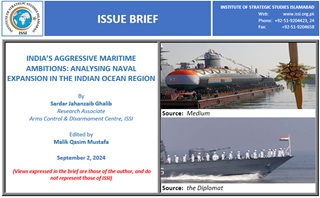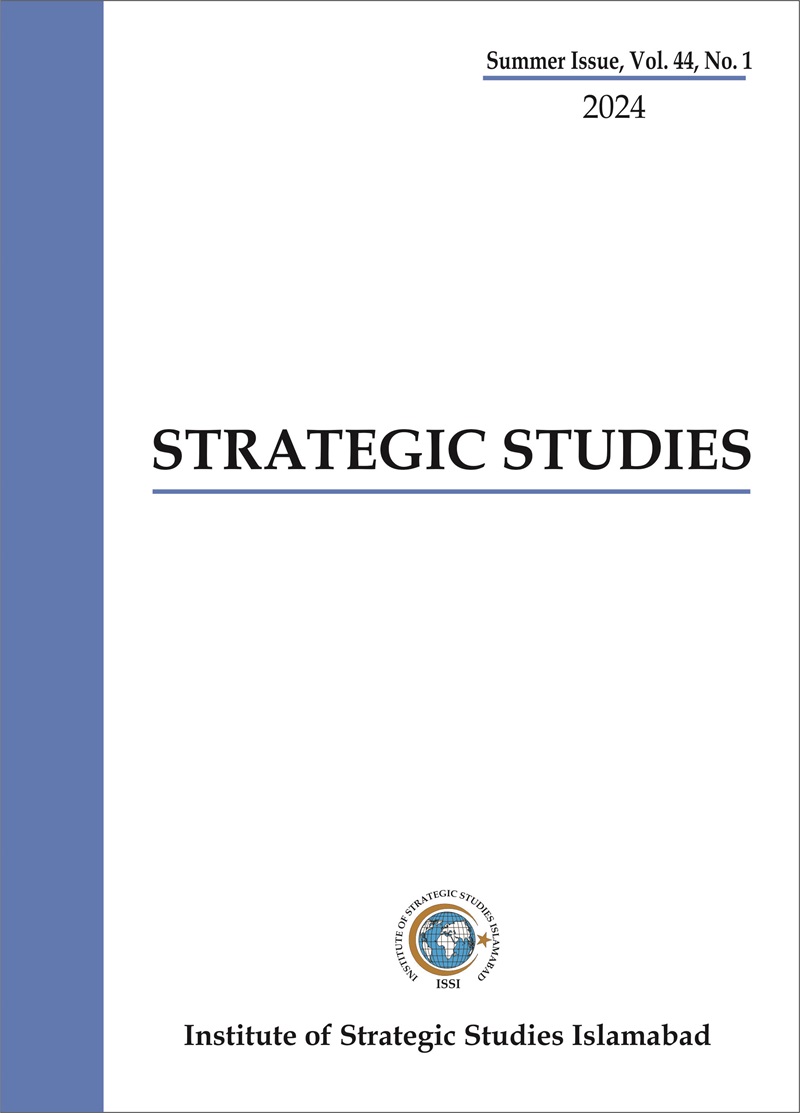The Indian Ocean Region (IOR), encompassing approximately 20% of the Earth’s oceanic expanse, is the smallest yet most complex among the three primary oceans. IOR is a critical maritime region that connects continents of Africa, Asia, and Australia. Surrounded by 38 states and spanning over 6,200 miles encompassing approximately 80% of worldwide trade, the IOR holds crucial importance in global geoeconomics and geopolitics.[1] In IOR, India, being the largest littoral state, seeks to project major-power status by focusing on objectives such as obtaining energy security supplies, ensuring security through sea resources, maintaining the safety of sea and land routes, and facilitating unrestricted marine trade. Due to the increasing competition between China and India in the IOR, defence priorities of India have distinctly shifted towards the Indian Ocean (IO). India’s first maritime strategy for the region, “Freedom for Use of Seas”, was published in 2004;[2] but it is more aggressive towards sea deployments. These continuous deployments pose considerable challenges to neighbouring littoral governments, indicating a contradiction in India’s maritime policy which guarantees freedom for all. The Indian Prime Minister, in his address at the Commissioning of Offshore Patrol Vessel (OPV) Barracuda in Mauritius on March 12, 2015, stated that “IO is at the center of global attention more than ever before, and India is also growing global stakes and presence in the Ocean.”[3]. This demonstrates India’s endeavours to establish regional security alliances, enhance naval capabilities, and pursue strategic objectives in IOR.
Home ISSI Publications Articles Issue Briefs Issue Brief on “India’s Aggressive Maritime Ambitions: Analysing Naval Expansion in the...
















